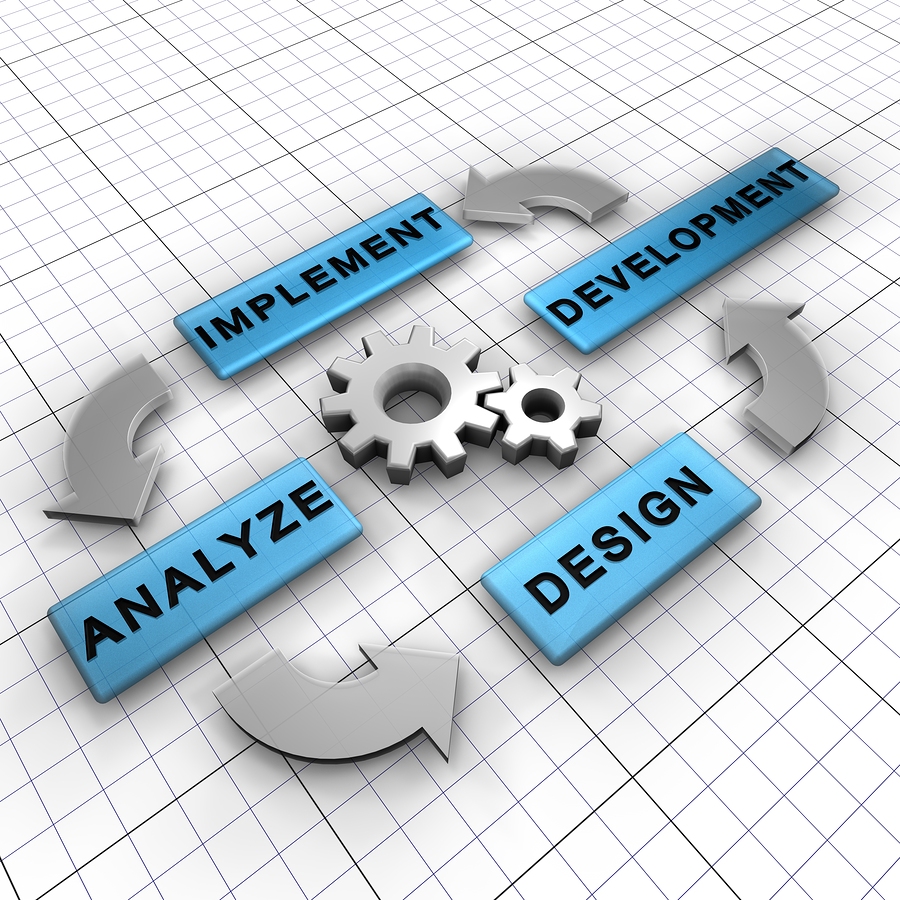Evaluating Custom Development Solutions
By: Rank Media
Even small and medium sized businesses today need to rely on many different tools and technologies to operate. Some of these tools are trade-specific while others are common to all businesses, like accounting software. Whatever combination of these tools your business may use, it’s likely that you’ve considered seeing two or more of them working better as team at one point or another.
Tedious data entry, inefficient processes and a lack of informative business intelligence gathering are just a few of many good reasons to invest in your technical infrastructure. For example, an iPhone app can be used to better track employees and evaluate their progress while out in the field. Another example might be integrating a CRM with an inventory control system to make accounting and reporting processes more efficient.
As an experienced consultant and project manager I’ve seen many organizations through the process of custom application development and I’ve gathered some tips on approaching the issue that I hope you find helpful.

Tip 1: Don’t be scared of change. Most of the people I’ve worked with had been delaying the inevitable and then regret the hassles and savings that could have been avoided once the job got done. If you’ve identified a need you’ve already taken the first step to make something better.
Tip 2: Assess the situation intelligently and from all angles. If it’s clear that you’re losing a small fortune with each passing fiscal quarter then the decision to develop custom software or integrate multiple systems may be a no-brainer. Unfortunately smaller-to-medium sized operations need to carefully consider the finer details before jumping in to this type of project. Here are a few things to consider:
What costs will be eliminated / what resources will become available? The resources that have yet to be maximized can be either heavily or only slightly overextended by your current process. Get a good understanding of which processes stand to be reduced or eliminated and which do not.
What operational efficiency will be generated? This can be a really important point and sometimes involves intricacies that business don’t foresee. Discuss your operations in detail with the right person. This is key to maximizing your company’s benefit from the process and can avoid unnecessary development down the road.
Tip 3: Evaluate the ideal solution, and discuss it. I always ask my clients to describe to me the perfect technical solution for their business. I offer suggestions and workarounds that may not have been considered and I plan the project to be as adaptable to their ultimate goal as possible. Your budget may not allow for you to develop everything you want once, but while under the hood you can reduce the cost of future projects by planning for them today.
Tip 4: Develop an implementation plan and stick to it. If you’ve weighted the costs and your business stands to benefit from the project, put your plan into action without unnecessarily delaying its gains. Make this a reality with an intelligent roll-out plan that can adapt to the potential circumstances of the business. A lot of projects get put off or even abandoned because of a poor implementation strategy and the resulting hesitation and resistance caused by this situation.
If you go through these steps carefully your new development should become a reality and will contribute to your company’s growth and success. In future posts I will cover other specific development topics like Mobile Application Development.
Eitan Lallouz, BComm.
Technical Development Consultant
Custom Business Solutions
Rank Media
Montreal, Quebec




 (800) 915 7990
(800) 915 7990
